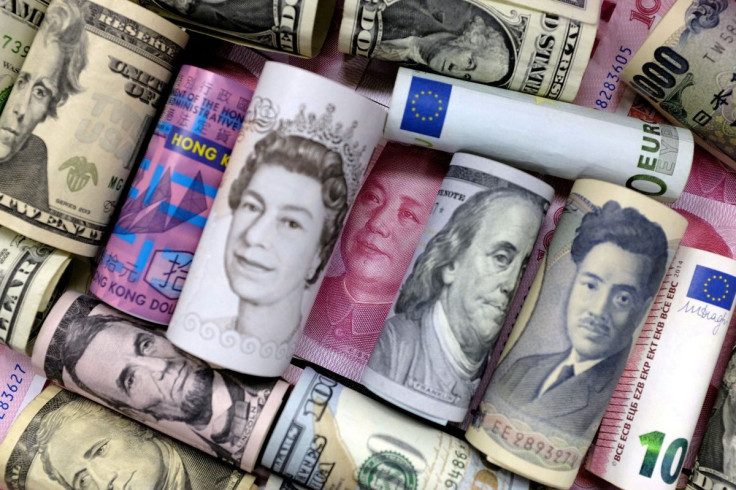Dollar Rally Stalls, Rivals Pursue Tentative Comeback

The dollar eased for a third straight day on Tuesday as a jump in sentiment across global markets encouraged investors to reinvest in riskier currencies and trim bets on the safe haven greenback which hit a two-decade high last week.
A hawkish comment from Dutch central bank chief Klaas Knot helped the euro jump back above $1.05 for the first time since Thursday, brushing off fears the common currency was on course for imminent parity with the dollar.
Knot said that not only was the European Central Bank set to hike rates by 25 basis points in July, the central bank was also ready to consider a bigger rise if inflation proved higher than expected.
Kenneth Broux, a currency strategist at Societe Generale in London, said that while markets were very sceptical about a 50 basis point rise in July, they were nevertheless propping up their bets on overall interest rate hikes through 2022.
"The question is what comes after (July) and how quickly they go up", he said, noting that money markets were now pricing in around 105 basis points of ECB rate hikes by year-end against 95 late on Monday.
Following Knot's comments, the euro swiftly more than doubled its gains to more than 1%, to $1.0542.
The currency had already benefited from ECB policymaker Francois Villeroy de Galhau arguing on Monday that a weak euro could threaten price stability in the currency bloc.
Worries that escalating tensions with Russia could lead to a gas embargo, a recession in the euro zone and prevent the ECB from lifting interest rates, have weighed on the common currency's prospects.
Sterling also took advantage of the softer dollar to jump 1.4% to its highest level since May 5 after strong labour market data reinforced expectations that the Bank of England would continue to raise rates to fight inflation.
The Australian dollar also did its part in adding pressure to the dollar.
It rose 0.85% to $0.7031, recovering further from a two-year low touched last week, and could get an extra boost from interest rate expectations if wage data beats expectations on Wednesday.
Australia's central bank considered a sharper rise in interest rates at its May meeting, minutes published on Tuesday showed, in a heavy hint it will hike again in June.
The Chinese offshore yuan gained 0.9% after a steep slide that has knocked it about 7% lower since mid-April.
Shanghai logged three consecutive days with no new COVID-19 cases outside quarantine zones on Tuesday, a milestone that in other cities has signalled the beginning of lifting restrictions.
The U.S. currency's breather pushed the dollar index down 0.79% to 103.35, about 1.5% below last week's two-decade high of 105.010.
"The dollar pulled back after a very strong run of gains, it's mostly stabilising at a high level," Lee Hardman, a currency analyst at MUFG Bank, commented during European morning trading when the dollar's fall was more moderate.
Hardman said it was difficult to see a lasting shift in the fundamentals that were lifting the dollar amid worries about global economic growth.
"The key driver is that the U.S. economy is outperforming the rest of the world," he said, pointing to worries about the euro zone and China in particular.
For all the short-term headwinds, the greenback's strength is widely expected to remain a driving force in 2022 as the U.S. Federal Reserve implements a new cycle of monetary tightening.
Fed speakers on Tuesday, including Chairman Jerome Powell at 1800 GMT, will be closely watched for any clues about whether near-term rate expectations could become even more aggressive.
© Copyright Thomson Reuters 2024. All rights reserved.





















